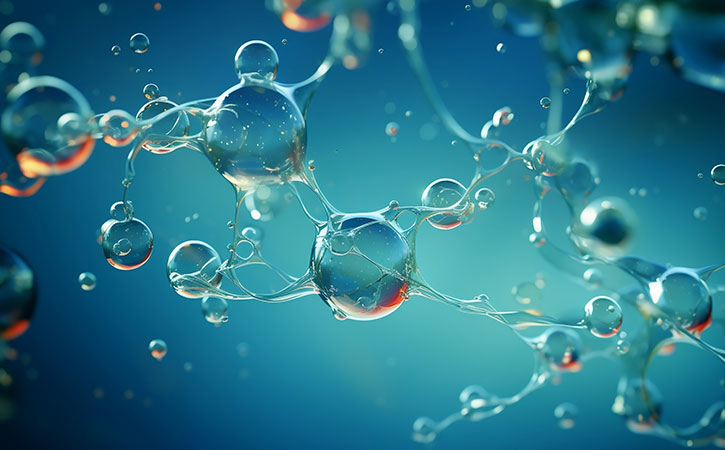What is methane?
Methane is a light, odourless, and highly flammable gas with the chemical formula CH4. In an internal combustion engine, methane combines with oxygen in the air, emitting carbon dioxide and water. Although carbon dioxide emissions are generated during methane combustion, it is possible to achieve net-zero carbon lifecycle emissions if the methane is produced synthetically using biomass sources such as animal manure and lignocellulosic feedstocks (bio-methane), or by using renewable energy together with direct air capture technology (liquefied e-methane).
Explore data for liquified bio-methane and liquified e-methane

Liquified bio-methane
Explore liquified bio-methane readiness levels

Liquified e-methane
Explore liquified e-methane readiness levels
Advantages and disadvantages of methane
- Advantages
- Disadvantages
- Acceptable energy density: methane has a high energy density, with similar storage capacity and refuelling frequency requirements to conventional natural gas.
- Compatibility: methane can leverage existing natural gas infrastructure and can be used in existing internal combustion engines without significant modifications, reducing emissions involved in creating new infrastructure.
- Methane slip: methane slip occurs when methane, a potent GHG, is not completely combusted in an engine and instead is emitted into the environment.
- Environmental considerations: leakage of methane during production, storage, or transportation poses environmental risks.
- Safety considerations: Although non-toxic, in large quantities methane can displace oxygen in air, potentially resulting in suffocation. Additionally, it is highly flammable.






